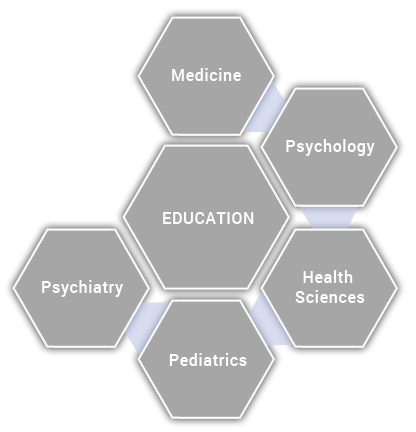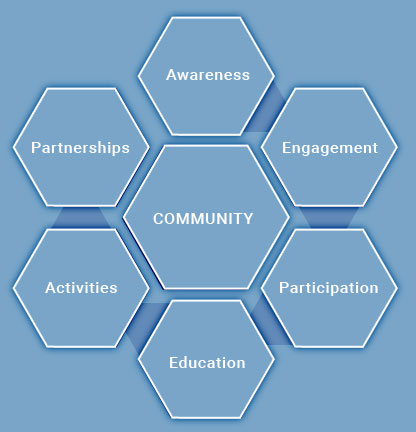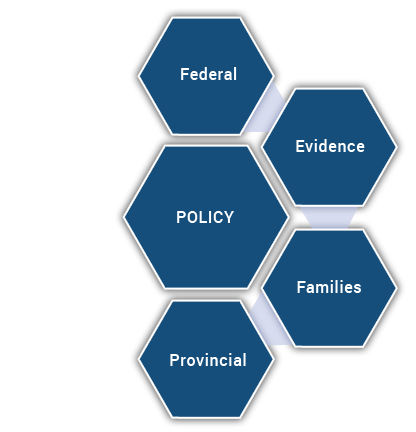Autism research has increasingly called researchers to employ longitudinal trajectory methods (i.e., collecting data at three or more timepoints) to understand different developmental pathways of Autistic people across the lifespan. This area of exploration has been a core focus for many among the MacART team.
According to MacART member Dr. Stephen Gentles, trajectory studies involve measuring developmental or health-related outcomes at three or more timepoints, as opposed to measuring them at two or more timepoints like a more typical cohort study does. “More timepoints allows you to characterize the shape, or ‘changes in the rate of change’ of something over time. These have been described as ‘turning points’ and you can think of it as an elbow in the slope of something that changes over time,” Dr. Gentles says. “From a parent’s perspective this might be noticed as accelerations, plateaus, or slowdowns in a child’s development.” In his recently-published review, the team focused on trajectory studies of child development, up to age 18.
This review, titled “Trajectory research in children with an autism diagnosis: A scoping review”, was recently published open access (free) in the journal Autism. MacART collaborators on the study included members Dr. Yun-Ju (Claire) Chen, Dr. Eric Duku, and Dr. Stelios Georgiades.
“We chose to do a scoping review because this methodology is best suited to identify and characterize the wide breadth of published research in an area. Scoping reviews are like systematic reviews in that they feature a systematic search and screening process that aims to comprehensively capture all literature on a topic,” explains Dr. Gentles. “But in contrast to classic systematic reviews, where the aim to summarize the findings of research on a more specific research question, scoping reviews are not considered an appropriate method for summarizing findings. Rather scoping reviewers stick to summarizing other characteristics of the research under review like the methods used, populations and outcomes studied. They can provide useful ‘maps’ to the available research on a broad topic.”
Trajectory studies have been used to study the progression over time of many different outcomes relevant to autistic child development. Among other things, this review provides a resource guide to the studies and age ranges covered for the ten most-studied outcome domains. These outcome domain summaries may be useful to clinicians, policymakers, and others planning care or services who may want a map of trajectory research available across clinically relevant outcome domains.
“This review will also have broad appeal and usefulness not only for scientific audiences, but also for autistic people and parents or caregivers of autistic children who may want to know where to find the research that will give them answers to questions like, ‘What will my child be like as they get older?’” Dr. Gentles adds. “Anyone who wants to know where to find the research that tells us about the shape of developmental pathways of autistic children will find this review a useful resource. This includes trajectory researchers wanting a complete idea of the research on the outcome domain(s) or methods they may be considering. And systematic reviewers who want to know if there’s enough research to do a more focused review on a specific outcome domain.”
Among the conclusions is a recommendation that future research be planned to address the absence of trajectory studies in low- and middle-income countries, and that researchers consider following outcome domains that caregivers and autistic people consider meaningful when planning their next trajectory studies.
Many kudos to Dr. Stephen Gentles and colleagues for this impactful publication that will help inform future directions in developmental trajectory research for Autistic people across the lifespan!
There is also a podcast interview that Dr. Gentles participated in about this topic!




